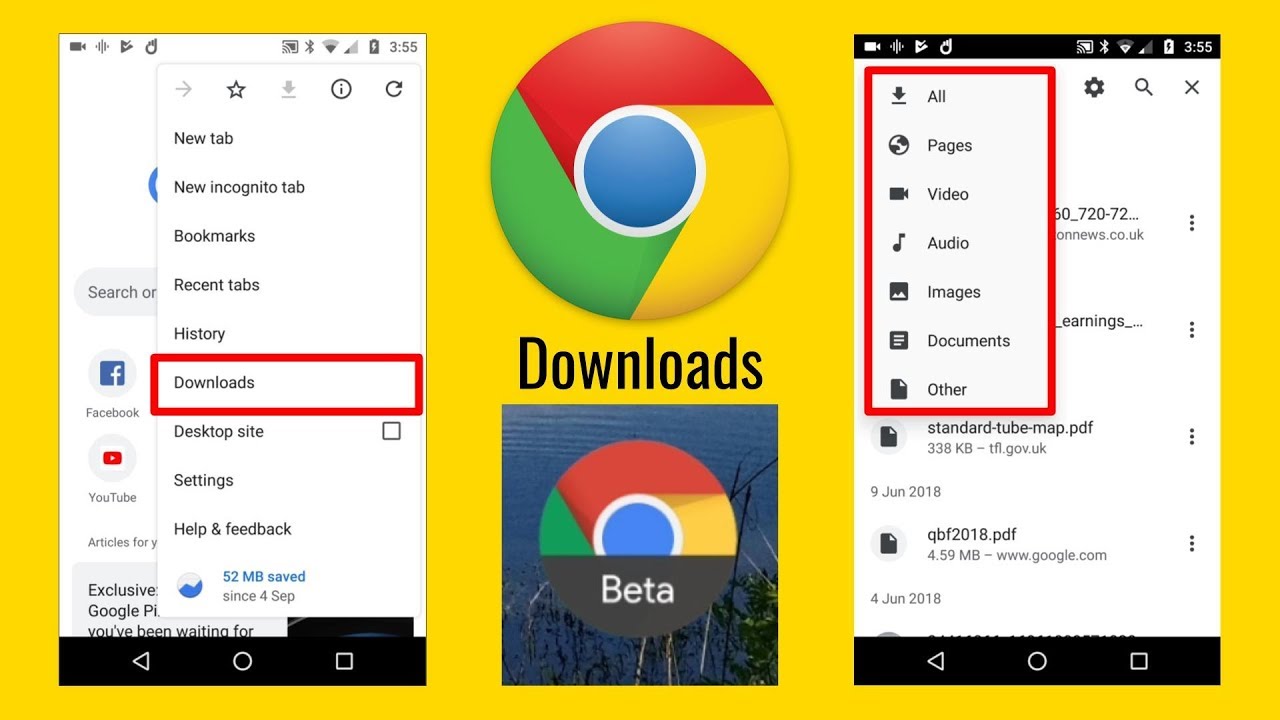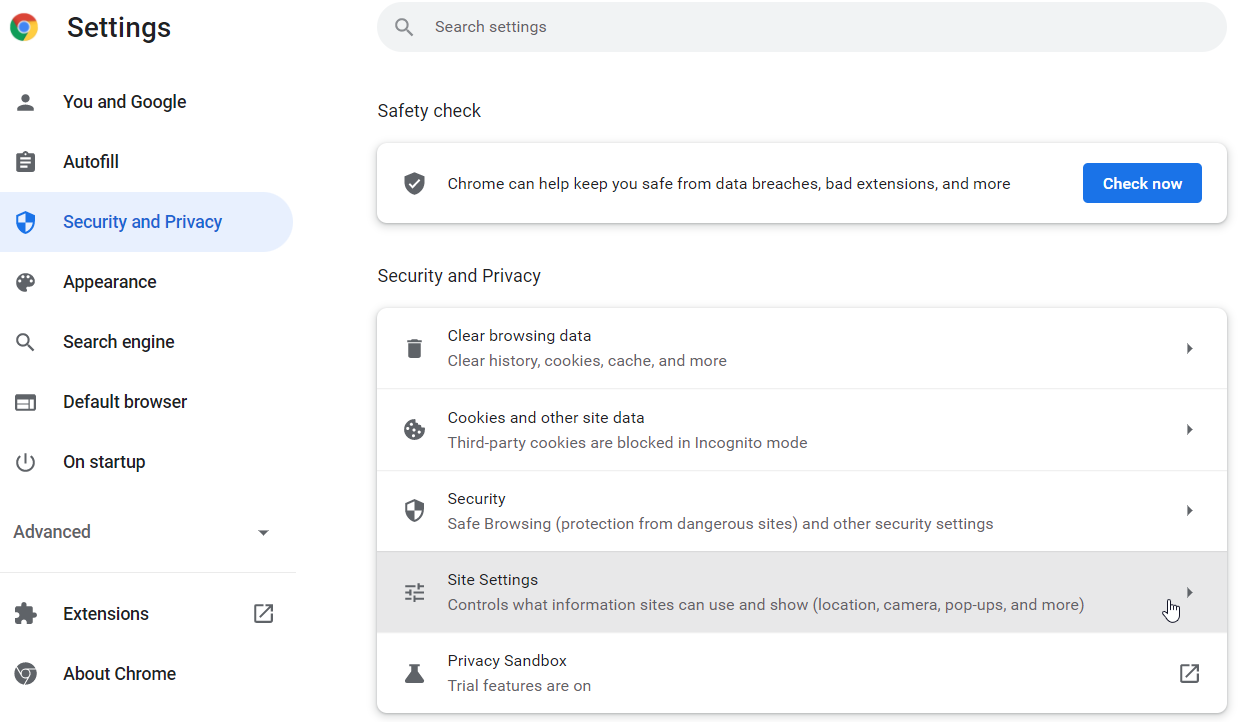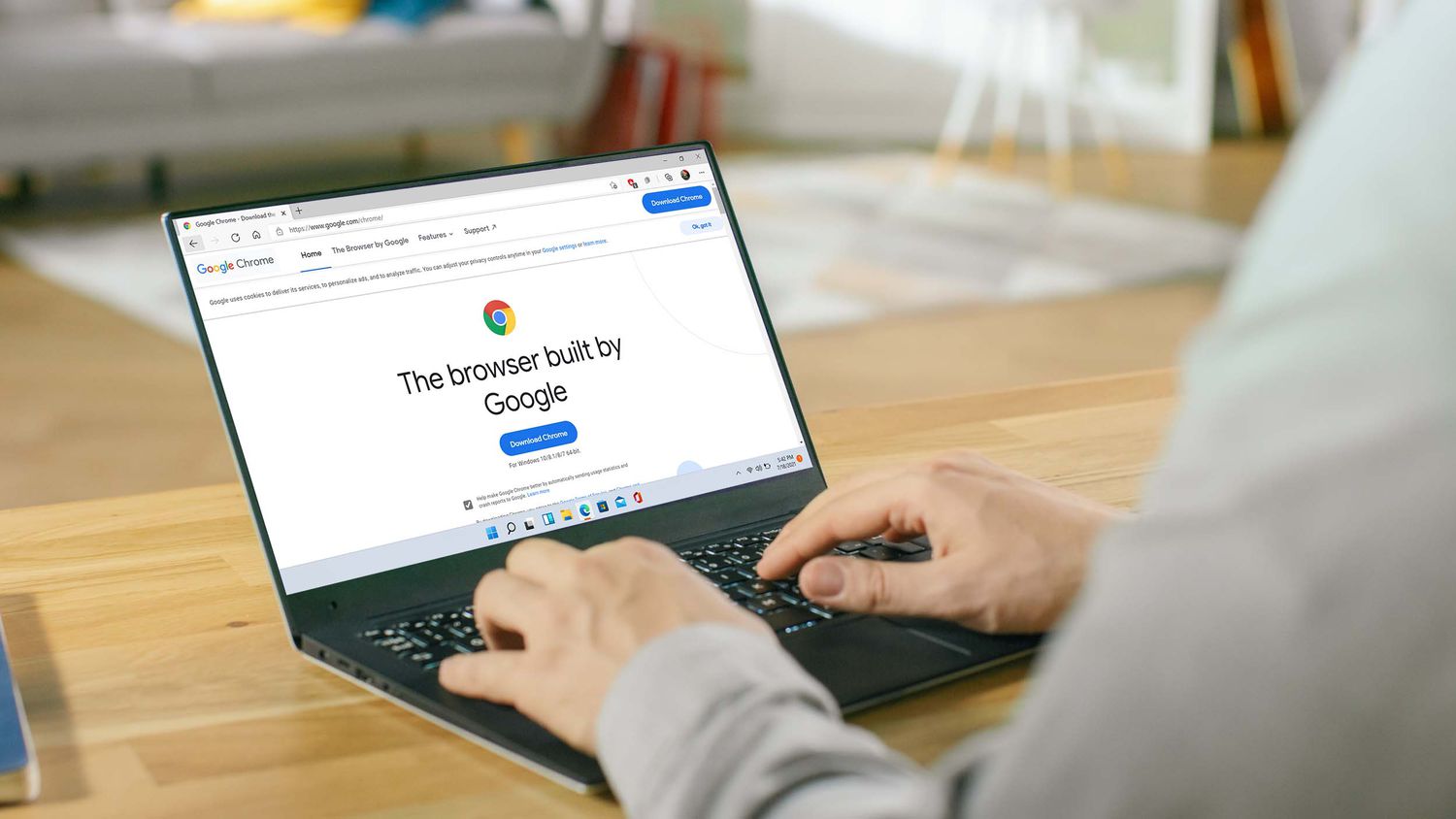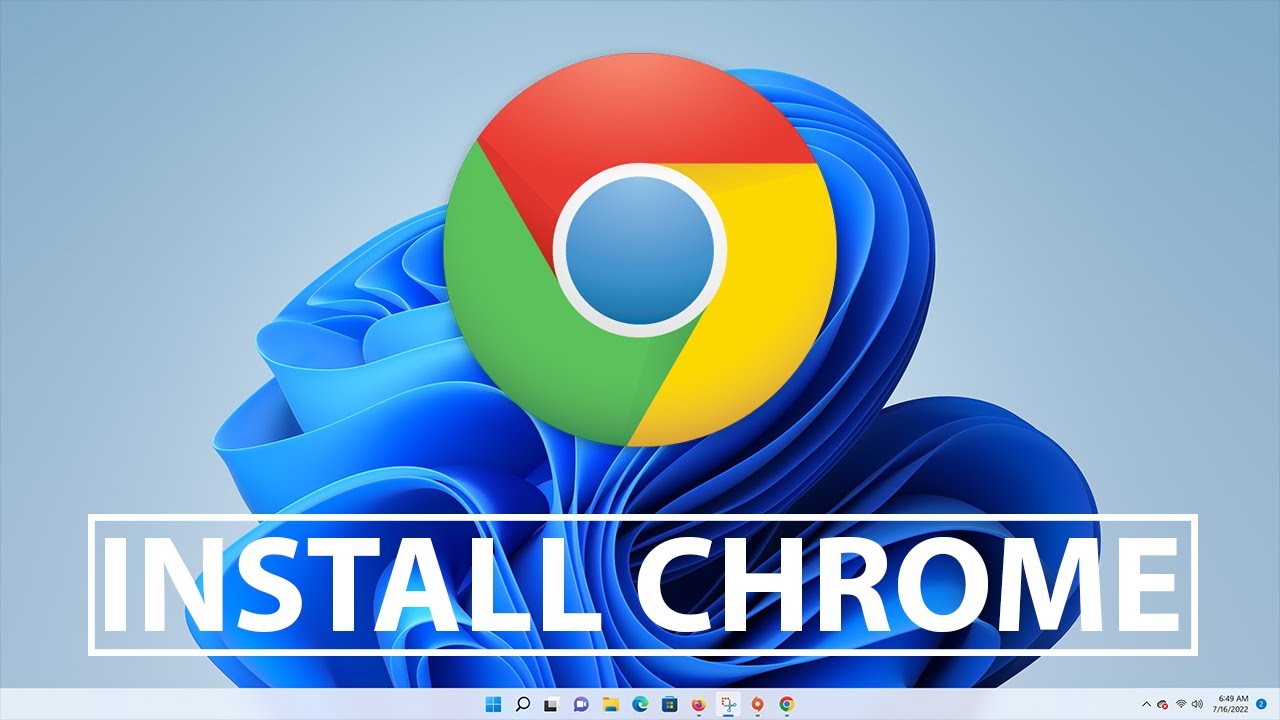Introduction
As avid internet users, we often find ourselves downloading files, documents, images, and more from the web. Google Chrome, one of the most popular web browsers, simplifies this process with its efficient download manager. However, many users may wonder, "Where are my Chrome downloads?" This question often arises when we need to access or manage our downloaded files. Whether you're using a Windows PC, a Mac, an Android device, or an iOS device, understanding the location of your Chrome downloads is essential for a seamless browsing experience.
In this comprehensive guide, we will explore the various methods to locate Chrome downloads on different platforms. From navigating through file directories to utilizing built-in features, we'll uncover the steps to access your downloaded content effortlessly. Additionally, we'll address common issues that may arise when managing Chrome downloads, providing troubleshooting tips to ensure a smooth download experience.
So, if you've ever found yourself scratching your head and asking, "Where did my Chrome downloads go?" fear not! By the end of this guide, you'll have a clear understanding of where to find your Chrome downloads on any device, empowering you to make the most of your browsing and downloading activities. Let's dive into the world of Chrome downloads and unravel the mystery behind their whereabouts.
Locating Chrome Downloads on Windows
Locating your Chrome downloads on a Windows PC is a straightforward process. By default, Google Chrome saves downloaded files to the "Downloads" folder in your user profile. Here's a step-by-step guide to help you easily access your Chrome downloads on Windows:
-
Using the Downloads Shortcut: The quickest way to access your Chrome downloads is by using the "Downloads" shortcut in the Chrome browser. Simply click on the three-dot menu icon in the top-right corner of the browser window and select "Downloads." This will open a new tab displaying your recent downloads, allowing you to easily access and manage them.
-
Navigating to the Downloads Folder: If you prefer accessing your downloads directly from your file explorer, you can navigate to the default "Downloads" folder on your Windows PC. To do this, open File Explorer and navigate to "This PC" or "Computer." From there, you can find the "Downloads" folder in your user profile directory, typically located at "C:\Users\YourUsername\Downloads."
-
Customizing Download Location: If you've customized the download location in Chrome, you can easily access your downloads by navigating to the specified folder. To check or modify your download settings, click on the three-dot menu icon in Chrome, select "Settings," and then navigate to the "Advanced" section. Under the "Downloads" heading, you can view or change the default download location.
-
Using the Run Command: Another quick way to access your downloads folder is by using the Run command. Simply press the Windows key + R to open the Run dialog, then type "%userprofile%\Downloads" and press Enter. This will open the default downloads folder directly in File Explorer.
By following these simple steps, you can effortlessly locate your Chrome downloads on a Windows PC. Whether you prefer using the built-in Downloads shortcut in Chrome or navigating to the default "Downloads" folder in your user profile, accessing your downloaded files is a hassle-free experience. With these methods at your disposal, you'll never have to wonder where your Chrome downloads are stored on Windows again.
Locating Chrome Downloads on Mac
Locating your Chrome downloads on a Mac is a seamless process, allowing you to access your downloaded files with ease. By default, Google Chrome saves downloaded files to the "Downloads" folder in your user profile. Here's a step-by-step guide to help you effortlessly locate your Chrome downloads on a Mac:
-
Using the Downloads Shortcut: To access your Chrome downloads quickly, you can utilize the "Downloads" shortcut within the Chrome browser. Simply click on the three-dot menu icon in the top-right corner of the browser window and select "Downloads." This action will open a new tab displaying your recent downloads, enabling you to conveniently access and manage them without leaving the browser interface.
-
Navigating to the Downloads Folder: If you prefer accessing your downloads directly from the Finder, you can navigate to the default "Downloads" folder on your Mac. To do this, open a new Finder window and click on "Go" in the menu bar. From the dropdown menu, select "Downloads," which will open the default downloads folder containing your downloaded files.
-
Customizing Download Location: If you've customized the download location in Chrome, you can easily access your downloads by navigating to the specified folder. To check or modify your download settings, click on the three-dot menu icon in Chrome, select "Settings," and then navigate to the "Advanced" section. Under the "Downloads" heading, you can view or change the default download location to a folder of your choice.
-
Using Spotlight Search: Another efficient way to locate your Chrome downloads on a Mac is by using Spotlight Search. Simply press Command + Space to open Spotlight, then type "Downloads" and press Enter. This will instantly display the "Downloads" folder, allowing you to access your downloaded files without navigating through Finder windows.
By following these straightforward steps, you can effortlessly locate your Chrome downloads on a Mac. Whether you prefer using the built-in Downloads shortcut in Chrome, navigating to the default "Downloads" folder in Finder, customizing the download location, or utilizing Spotlight Search, accessing your downloaded files is a hassle-free experience on your Mac. With these methods at your disposal, you'll never have to wonder where your Chrome downloads are stored on a Mac again.
Locating Chrome Downloads on Android
Locating your Chrome downloads on an Android device is essential for accessing and managing your downloaded files efficiently. Google Chrome simplifies this process by providing easy access to your downloaded content directly within the browser. Here's a detailed guide to help you seamlessly locate your Chrome downloads on Android:
-
Using the Downloads Shortcut: To access your Chrome downloads quickly, you can utilize the built-in "Downloads" shortcut within the Chrome browser. Tap the three-dot menu icon in the top-right corner of the browser window and select "Downloads." This will open the Downloads tab, where you can view and manage your recent downloads, including documents, images, and other files.
-
Navigating to the Downloads Section: If you prefer accessing your downloads directly from the browser interface, you can navigate to the Downloads section within Chrome. Tap the three-dot menu icon, then select "Downloads" to access the list of your downloaded files. From here, you can open, delete, or share your downloaded content with ease.
-
Using the File Manager: Another way to locate your Chrome downloads on Android is by using the file manager app installed on your device. Open the file manager, navigate to the "Downloads" folder, and you'll find your downloaded files organized chronologically. This method provides direct access to your downloaded content outside of the Chrome browser.
-
Customizing Download Location: If you've customized the download location in Chrome, you can easily access your downloads by navigating to the specified folder within the file manager. To check or modify your download settings, tap the three-dot menu icon in Chrome, select "Settings," and then navigate to the "Downloads" section. Here, you can view or change the default download location to a folder of your choice.
-
Using the Downloads App: Some Android devices come with a dedicated Downloads app, which provides a centralized view of all downloaded files across various apps, including Chrome. You can open the Downloads app to access and manage your Chrome downloads alongside downloads from other sources, offering a comprehensive overview of your downloaded content.
By following these methods, you can effortlessly locate your Chrome downloads on an Android device. Whether you prefer using the built-in Downloads shortcut in Chrome, navigating to the Downloads section within the browser, utilizing the file manager, customizing the download location, or accessing the Downloads app, managing your downloaded files on Android is a seamless experience. With these options at your disposal, you'll always know where to find your Chrome downloads on your Android device.
Locating Chrome Downloads on iOS
Locating your Chrome downloads on an iOS device is essential for managing and accessing your downloaded files seamlessly. Google Chrome provides intuitive methods to help you find and organize your downloaded content directly within the browser. Here's a detailed guide to assist you in effortlessly locating your Chrome downloads on iOS:
Using the Downloads Shortcut
To access your Chrome downloads quickly on iOS, you can utilize the built-in "Downloads" shortcut within the Chrome browser. Tap the three-dot menu icon in the top-right corner of the browser window and select "Downloads." This action will open the Downloads tab, where you can view and manage your recent downloads, including documents, images, and other files.
Navigating to the Downloads Section
If you prefer accessing your downloads directly from the browser interface, you can navigate to the Downloads section within Chrome. Tap the three-dot menu icon, then select "Downloads" to access the list of your downloaded files. From here, you can open, delete, or share your downloaded content with ease.
Using the Files App
On iOS, you can also access your Chrome downloads using the Files app, which provides a centralized location for managing various types of files. Open the Files app and navigate to the "Downloads" folder to view your downloaded files from Chrome. This method allows you to organize and access your downloaded content alongside other files stored on your device.
Customizing Download Location
If you've customized the download location in Chrome, you can easily access your downloads by navigating to the specified folder within the Files app. To check or modify your download settings, tap the three-dot menu icon in Chrome, select "Settings," and then navigate to the "Downloads" section. Here, you can view or change the default download location to a folder of your choice.
By following these methods, you can effortlessly locate your Chrome downloads on an iOS device. Whether you prefer using the built-in Downloads shortcut in Chrome, navigating to the Downloads section within the browser, utilizing the Files app, or customizing the download location, managing your downloaded files on iOS is a seamless experience. With these options at your disposal, you'll always know where to find your Chrome downloads on your iOS device.
Troubleshooting Common Issues with Chrome Downloads
Even with its user-friendly interface, Google Chrome's download manager may encounter occasional hiccups that can disrupt the downloading process. Understanding and addressing these common issues is crucial for maintaining a seamless download experience. Here are some troubleshooting tips to help you overcome common challenges with Chrome downloads:
Slow Download Speeds
If you notice unusually slow download speeds in Chrome, consider checking your internet connection to ensure it's stable and functioning at an optimal speed. Additionally, pausing and resuming the download or restarting your router may help improve the download speed. It's also advisable to avoid downloading multiple files simultaneously, as this can impact overall download speeds.
Incomplete or Interrupted Downloads
When a download is interrupted or incomplete, Chrome usually provides an option to resume the download. However, if this option doesn't appear, you can try restarting the download from the beginning. Clearing the browser cache and ensuring sufficient storage space on your device can also help prevent incomplete downloads.
File Download Blocked by Chrome
In some cases, Chrome may block certain file types from being downloaded due to security concerns. If you encounter this issue, you can override the block by clicking on the download link and selecting "Keep" when prompted. Exercise caution when downloading files from unfamiliar sources to avoid potential security risks.
Downloads Not Visible in the Downloads Tab
If your downloaded files are not appearing in the Downloads tab within Chrome, try refreshing the tab or restarting the browser. It's also possible that the downloaded files are being saved to a different location than expected. Check your Chrome settings to verify the default download location and ensure that your files are being saved there.
Corrupted Downloads
Occasionally, downloaded files may become corrupted, rendering them unusable. To address this issue, consider downloading the file again from a reliable source. If the problem persists, scanning your device for malware or using a different browser to download the file may help resolve the issue.
By implementing these troubleshooting tips, you can effectively address common issues that may arise when managing Chrome downloads. Whether it's slow download speeds, incomplete downloads, or visibility issues, understanding these challenges and their solutions empowers you to make the most of your browsing and downloading activities.

























